Ljubljana – a city as a work of art
Barcelona has Gaudí, Brasilia has Niemeyer, Le Havre has Perret: there are cities that are inextricably linked to their architects. This also applies to Ljubljana: since 2021, Jože Plečnik’s work has been a UNESCO World Heritage Site and with it large parts of the city centre.
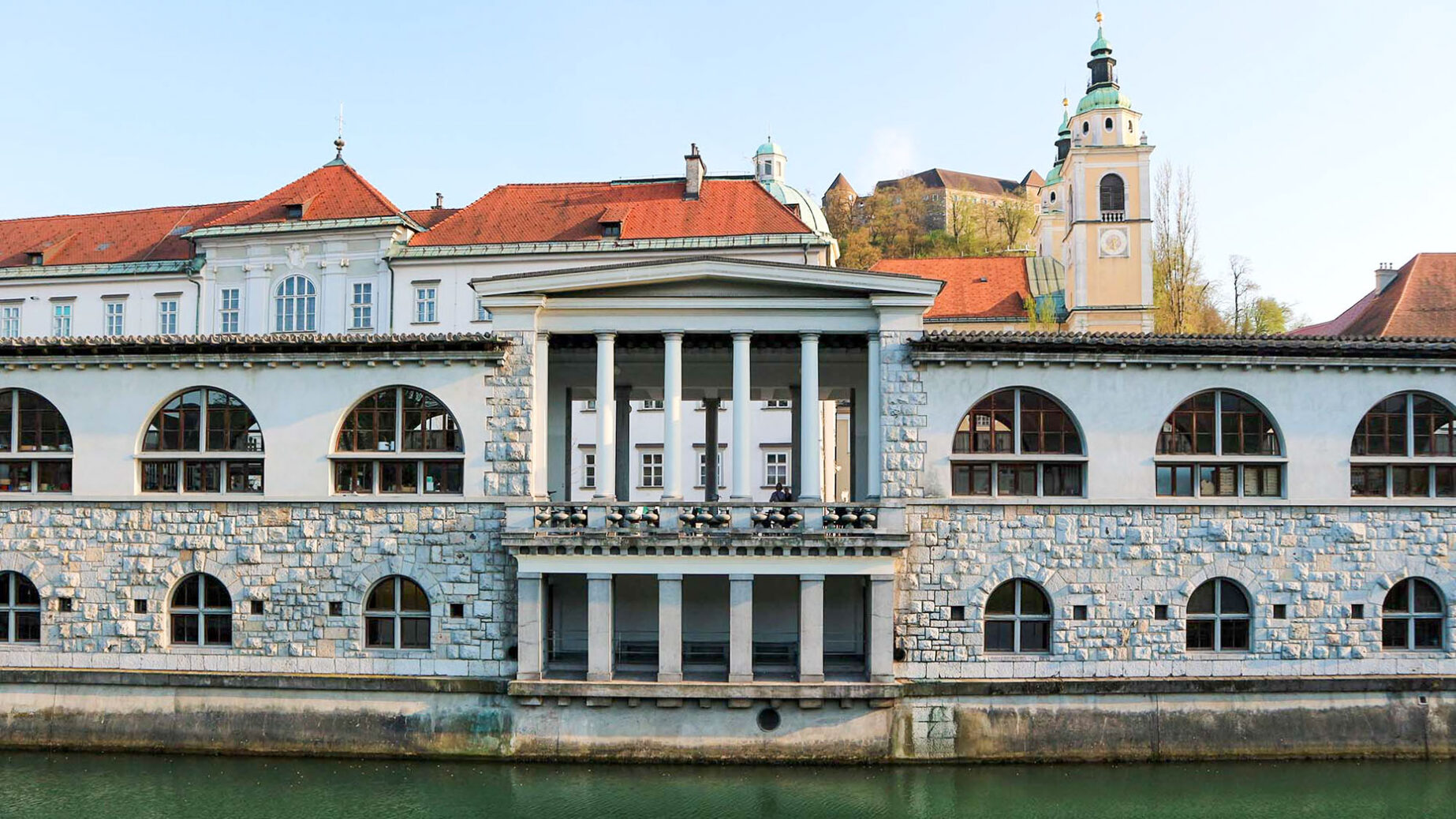
Jože Plečnik was a realist. He developed his independent and idiosyncratic formal language while travelling and from his persistent study of antiquity, Gottfried Semper’s “textile theories” and the influence of his teacher Otto Wagner, the most important architect of the Vienna Secession. Plećnik, Wagner’s best student, was the offspring of a family of carpenters from Ljubljana and had a particular influence on three Central European capitals with his extraordinary work. He ennobled Vienna, Prague and his hometown of Ljubljana with his unmistakable Plečnik style.
The Zacherlhaus on Vienna’s farmers’ market (1903-1905) was one of his early works and the pièce de résistance of his still youthful creativity. Today, it is considered one of the early buildings of modern European architecture. He later designed the Heilig-Geist-Kirche in Vienna-Ottakring, one of the first churches to be built in steel and concrete, a material that would also play an important role in his subsequent designs. For the co-founder and first president of Czechoslovakia, Tomás Garrigue Masaryk, he saved the ruinous Hradčany Castle. Prague Castle was threatened by decay before Plečnik gave it new splendour with his clever interventions and made it suitable for the still young democratic republic. The residence of the Golden City and its gardens are world-famous today. At the same time, Plečnik became a professor at the newly founded University of Ljubljana. He taught there until 1956, one year before his death. In 1925, he began to remodel his hometown. His model was Athens, naturally more modern, contemporary and with a local flavour. For the renowned art historian Friedrich Achleitner, Plečnik’s unique style is part of the architecture of the future. And rightly so. After all, it is characterised by holistic thinking, large-scale and obsessed with detail, sophisticated and affordable, modern and contextual. His “people-centred urban design” has been a UNESCO World Heritage Site since 2021.
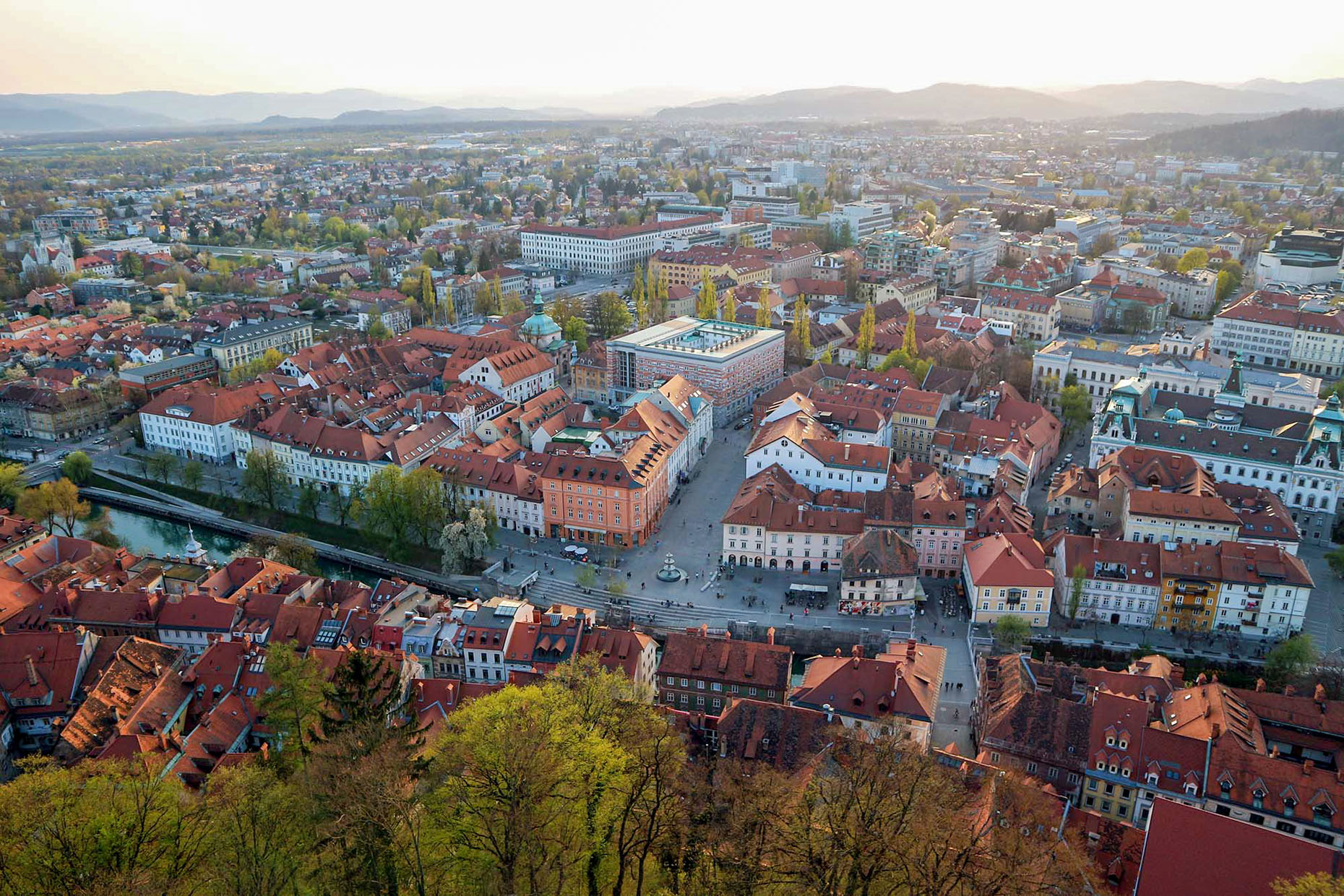
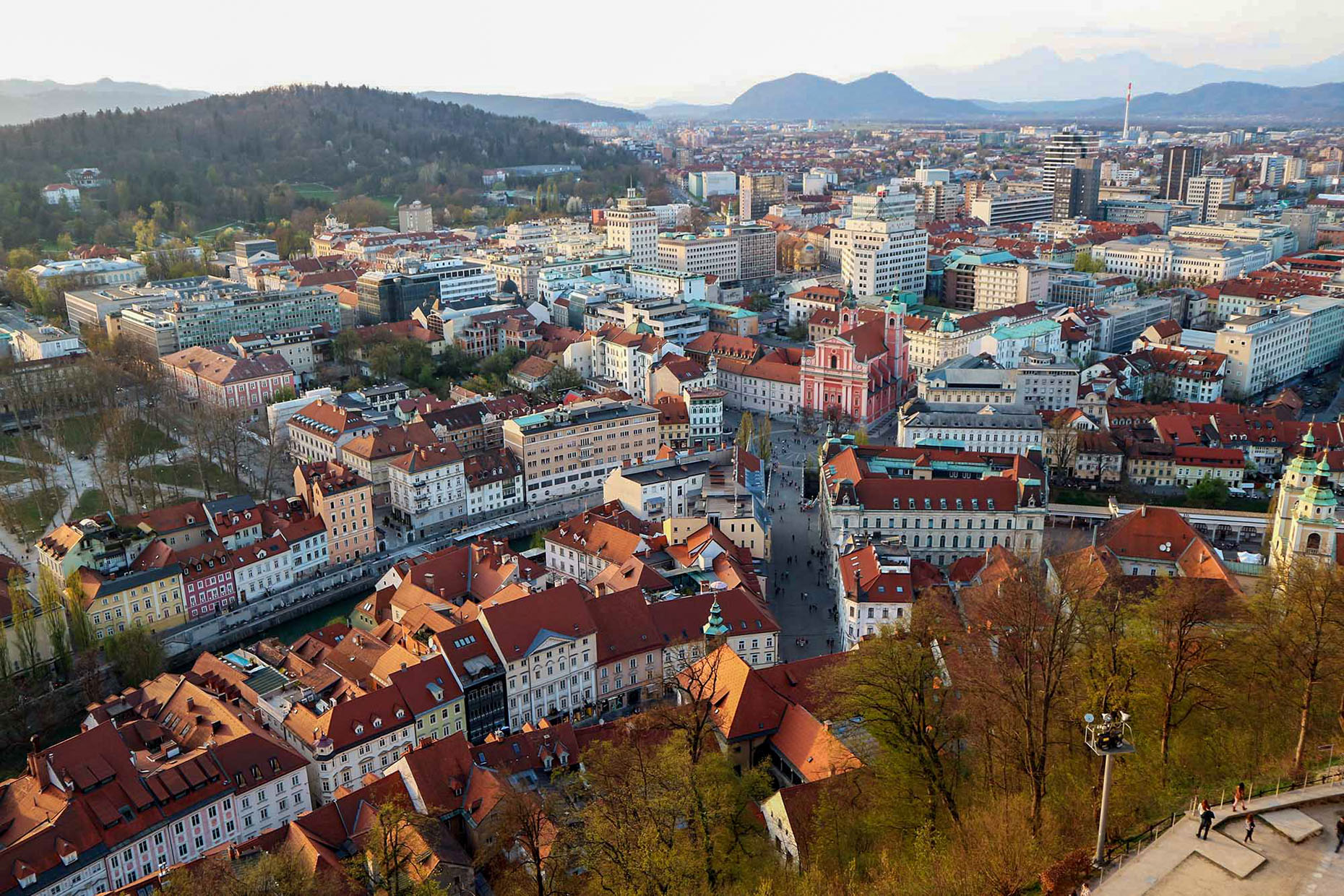
Plečnik’s main motifs in the redesign of Ljubljana were the central water axis along the Ljubljanica River and the land axis connecting the Rožnik forest hill with Ljubljana Castle.

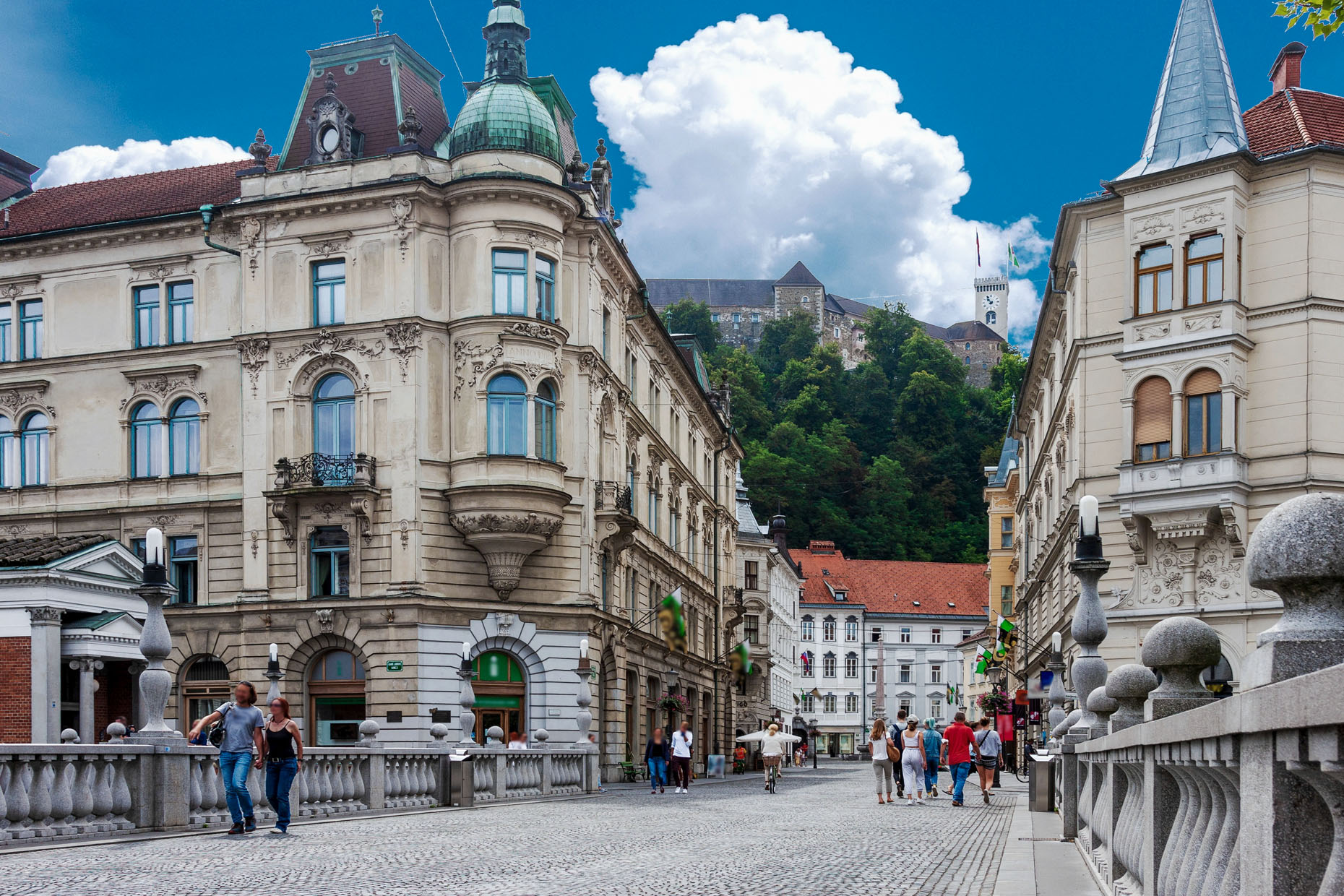
The famous Three Bridges (Tromostovje) are the central point where the two urban axes intersect. Their most important formal elements are lights, columns, beams and balustrades. They can be found again and again in the city and connect the urban texture not only spatially but also conceptually. He also placed particular emphasis on the targeted integration of nature. He repeatedly had poplars planted along the Ljubljanica as a reference to the former line of the Roman city wall. This is one of the reasons for the city’s Mediterranean flair. Ljubljana was named “European Green Capital” in 2016.
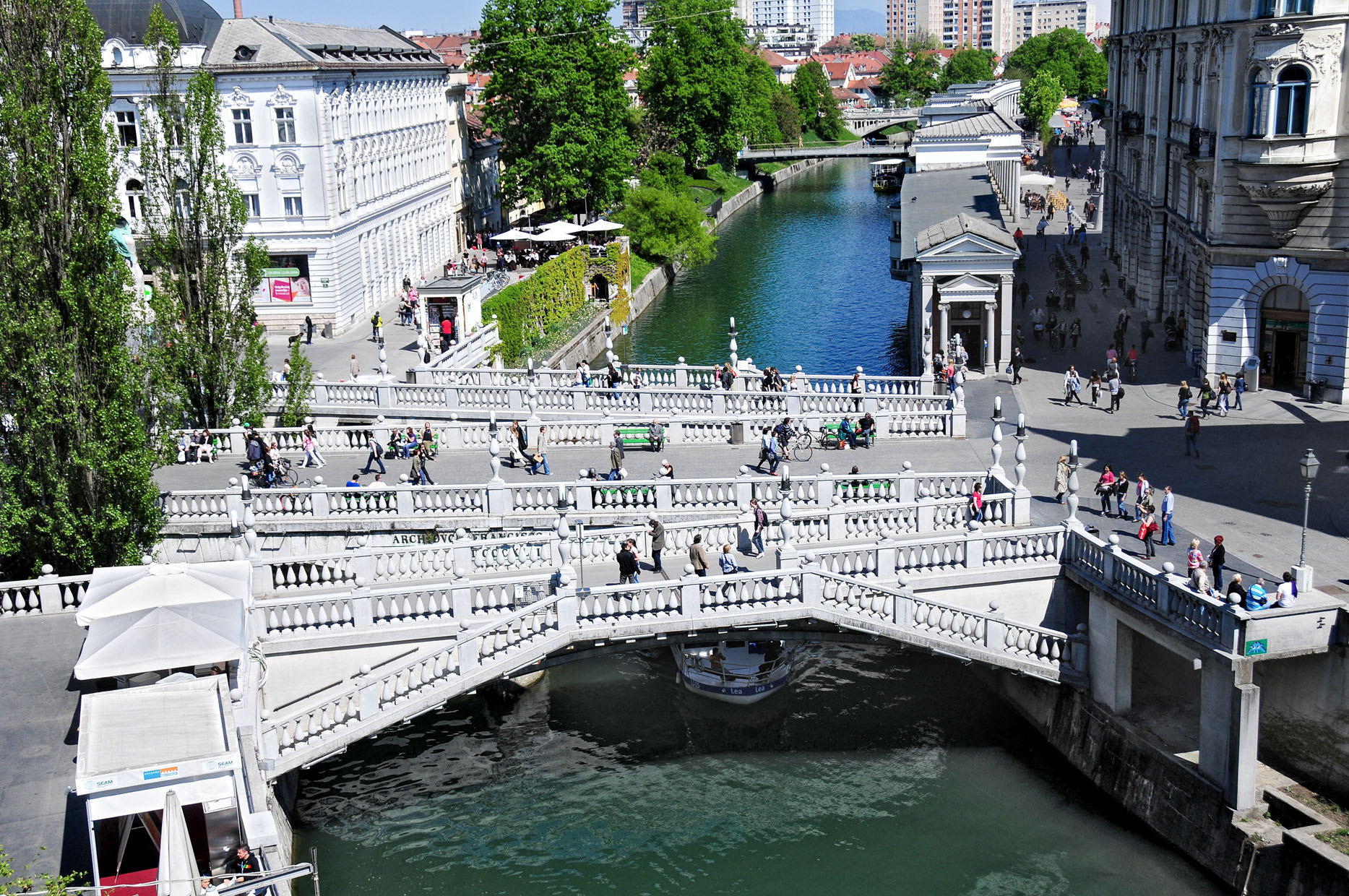
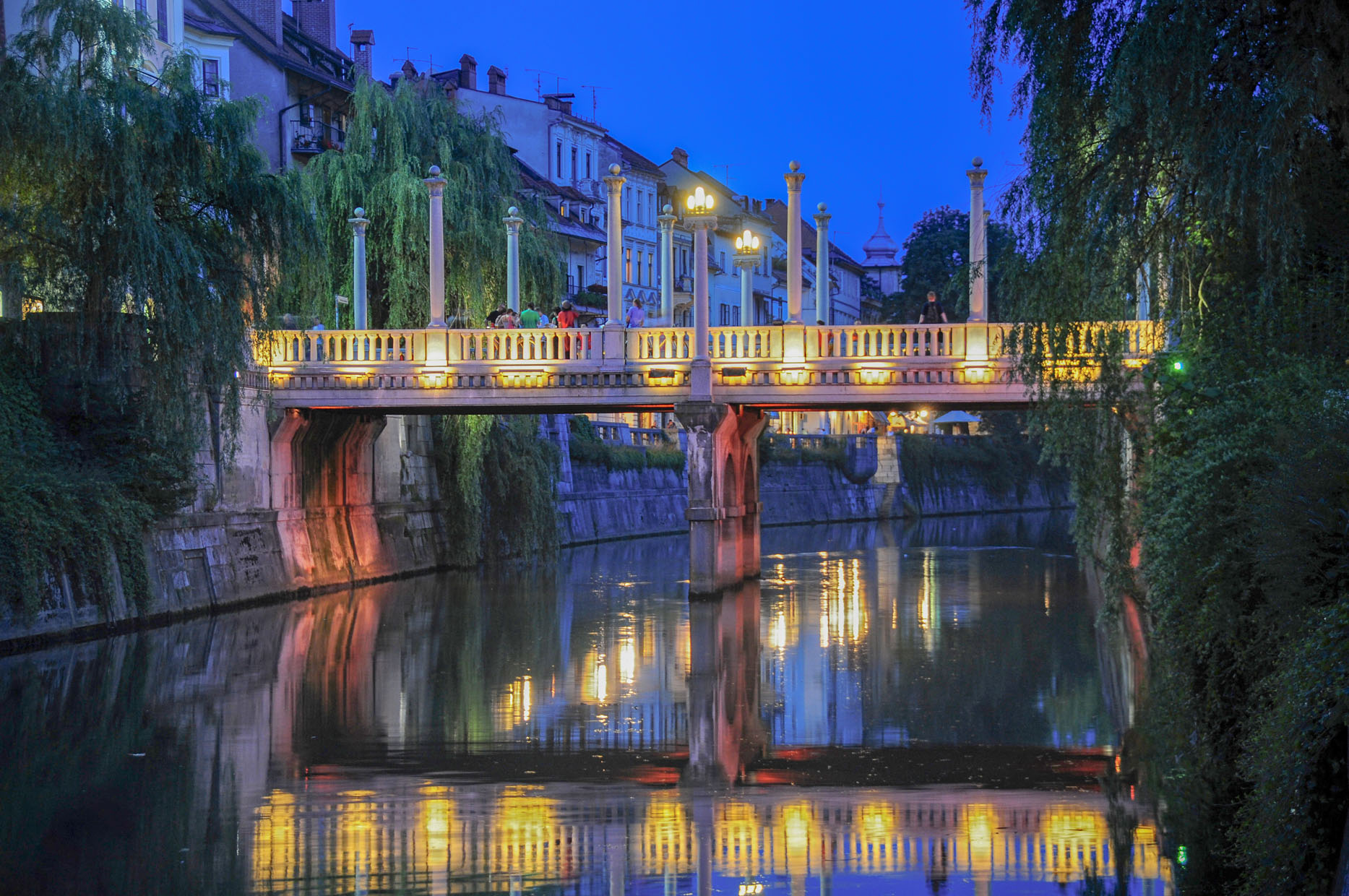
Plečnik’s radical yet sensitive architectural interventions have significantly shaped the image of his home city. Ljubljana’s humanistic urban planning is therefore one of the most original and important holistic works of art of the European 20th century.
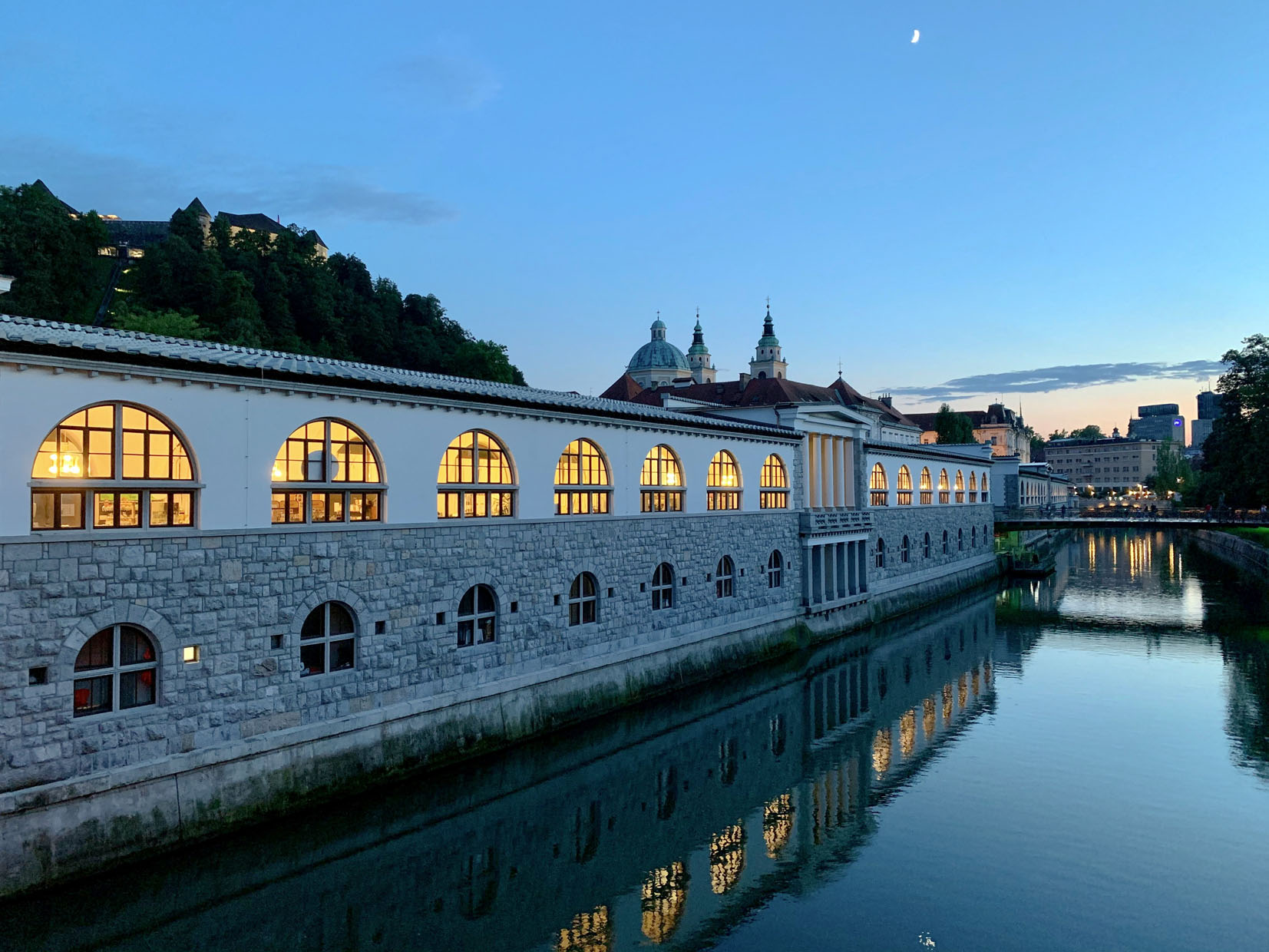
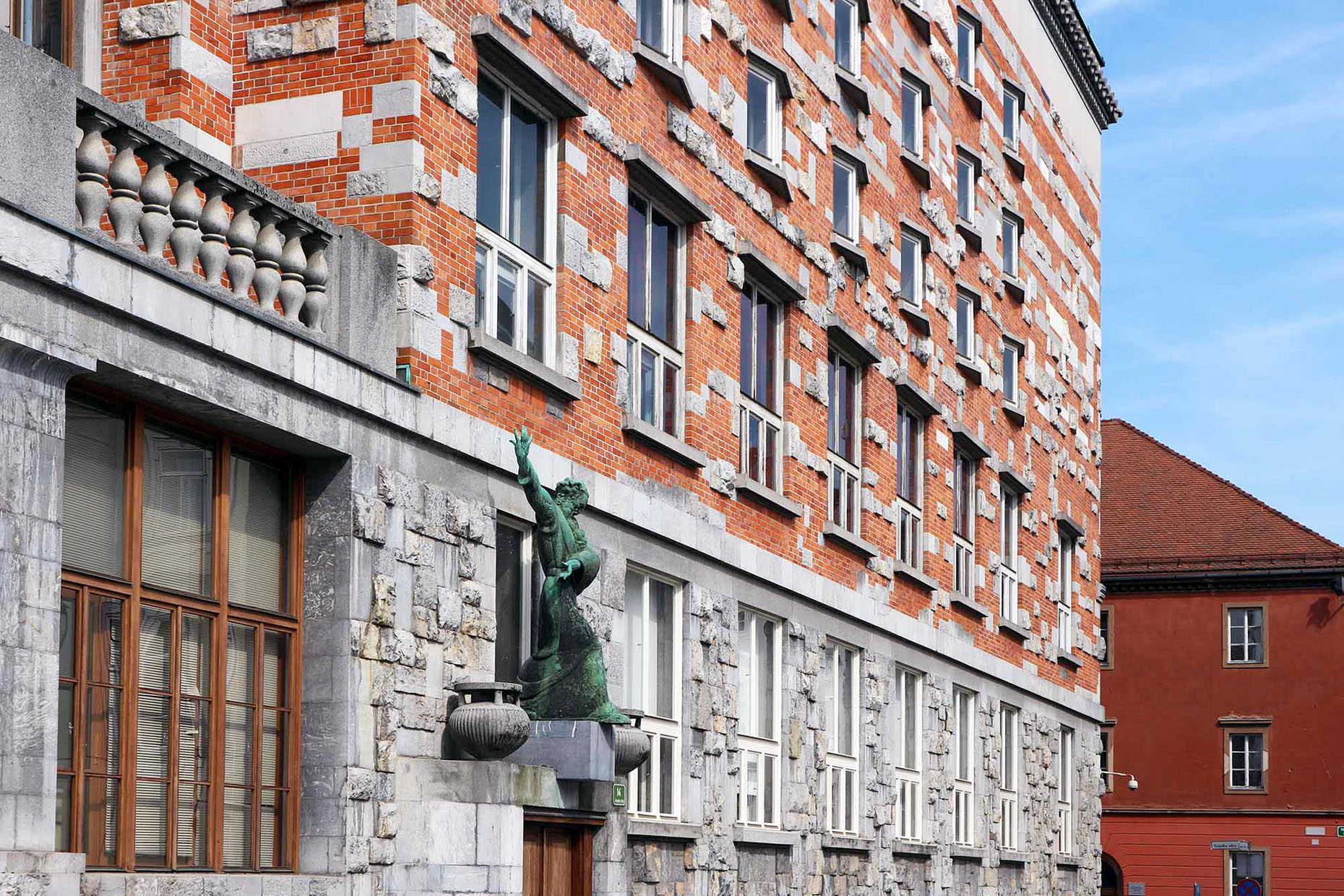
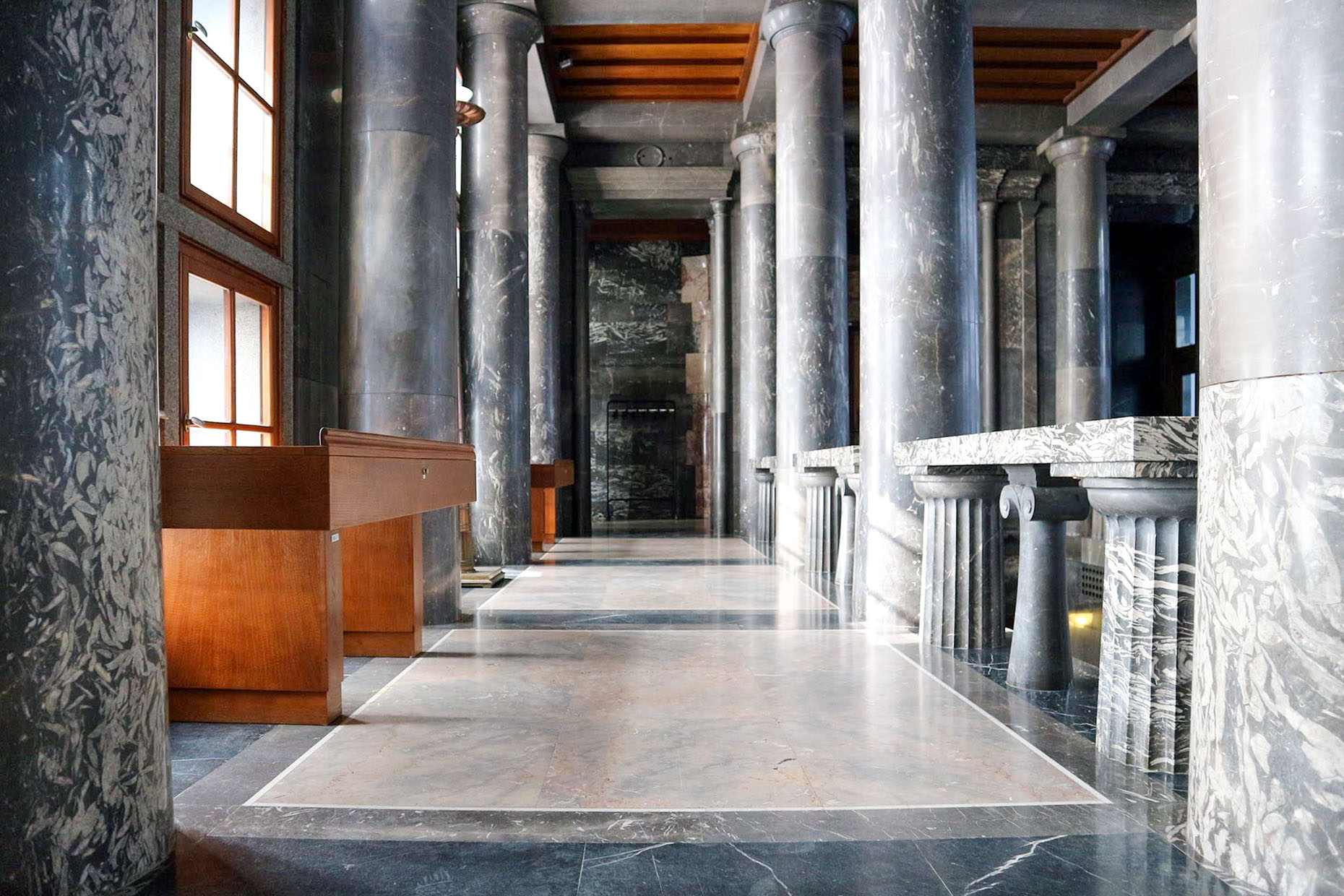
In addition to urban additions, Plečnik designed important key buildings such as the National Library, the Triglav Insurance Administration, the striking Iron House and the Central Market near the Three Bridges. He also modernised older buildings such as the castle and the former Teutonic Knights’ monastery “Križanke”. Plečnik’s architecture is now categorised as modernist. However, not the classical, but rather a very individual, alternative modernism, to which Scandinavian architects such as Alvar Alto and Erik Gunnar Asplund also belong.
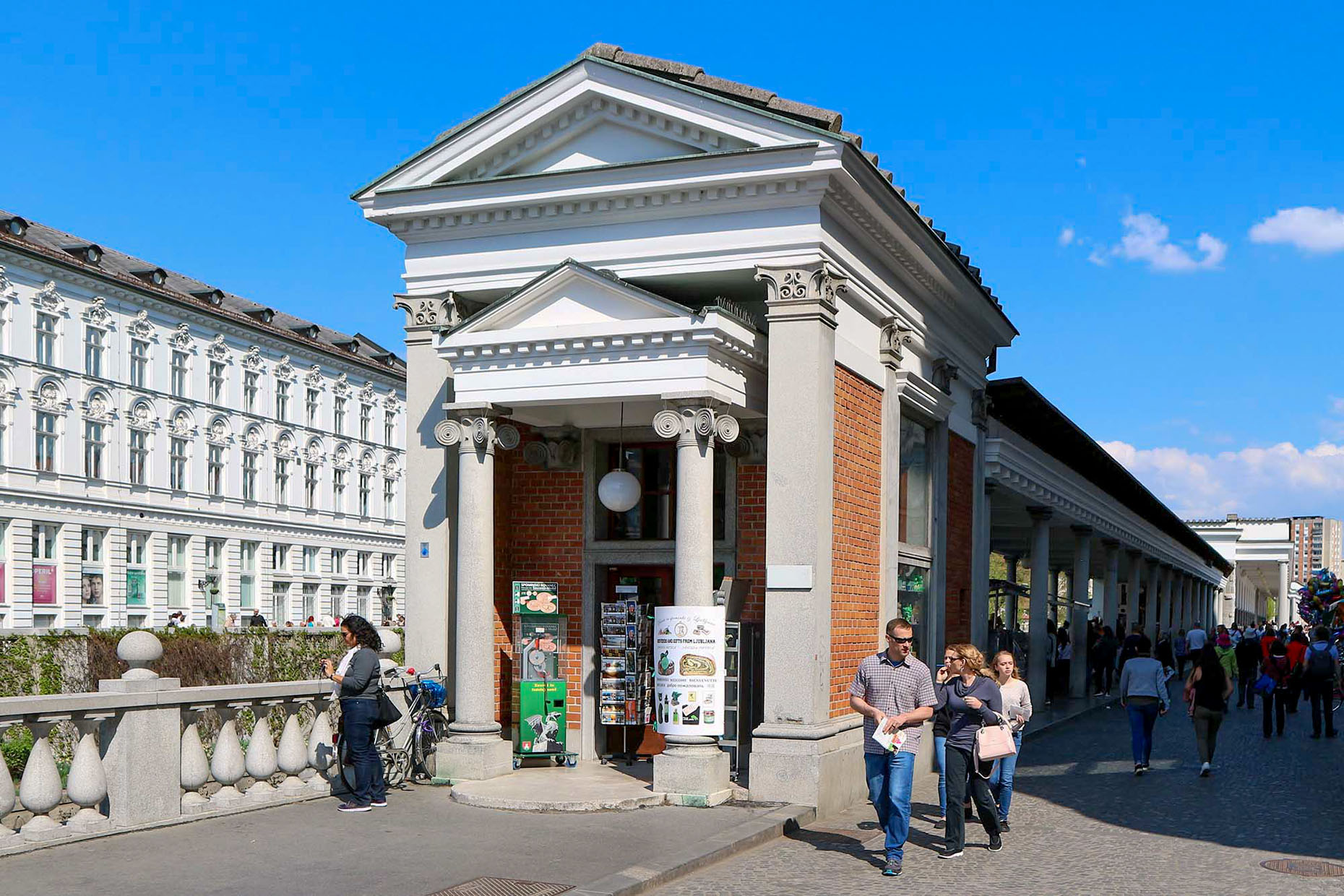
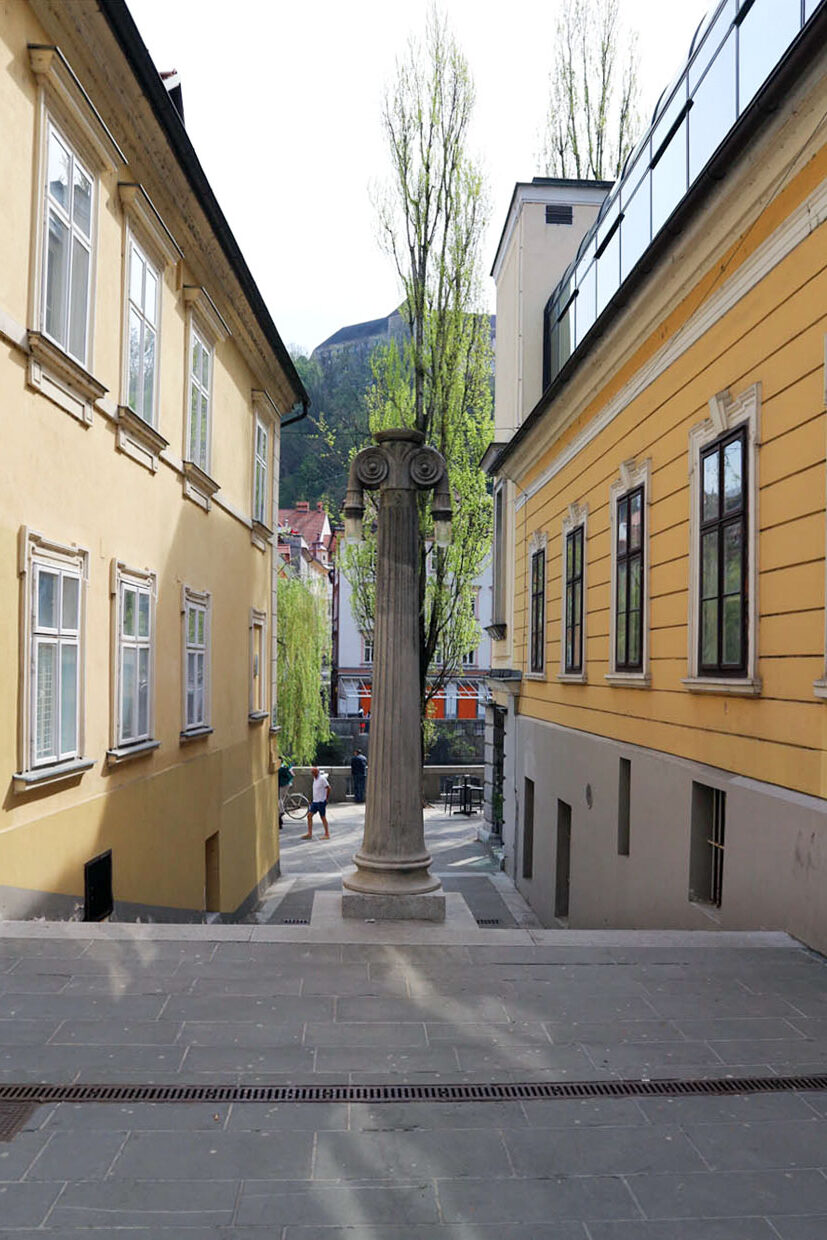
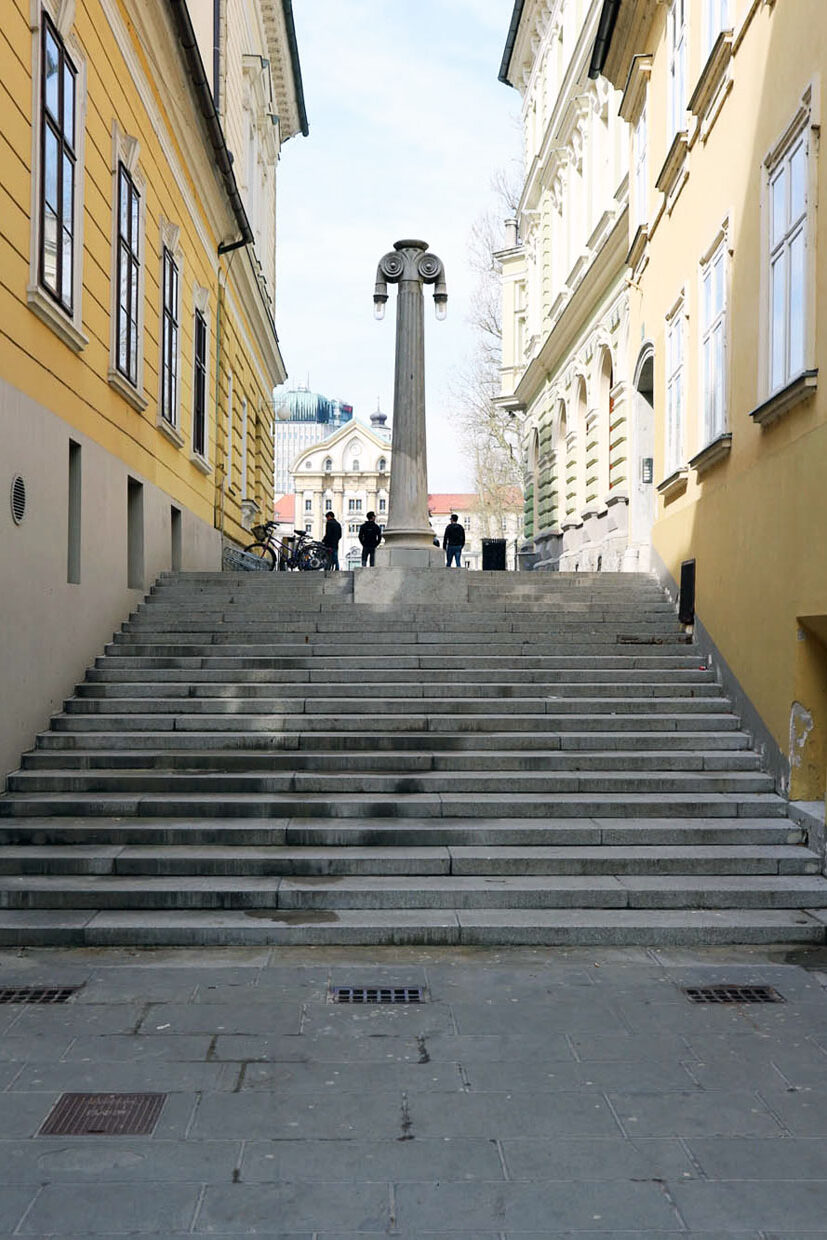
The power of his work is best experienced on a long walk through the Slovenian capital. If you would like to deepen your knowledge, I recommend taking a look at our architectural guide Slovenia, published by DOM publishers, Berlin.
Text: Hendrik Bohle
Photos: Hendrik Bohle, Eugene Kuznetsov + Jared Lisack / Unsplash, Dunja Wedam / Ljubljana Tourism
Note – Our partner houses in Slovenia
Author info:
Architect Hendrik Bohle runs a digital magazine on building culture together with journalist Jan Dimog. On thelink.berlin they have been telling about their discoveries in Europe for years, especially about the connections between people and architecture.
When they are not on the road, they curate high-profile exhibitions, such as the travelling exhibition on Arne Jacobsen’s architecture.
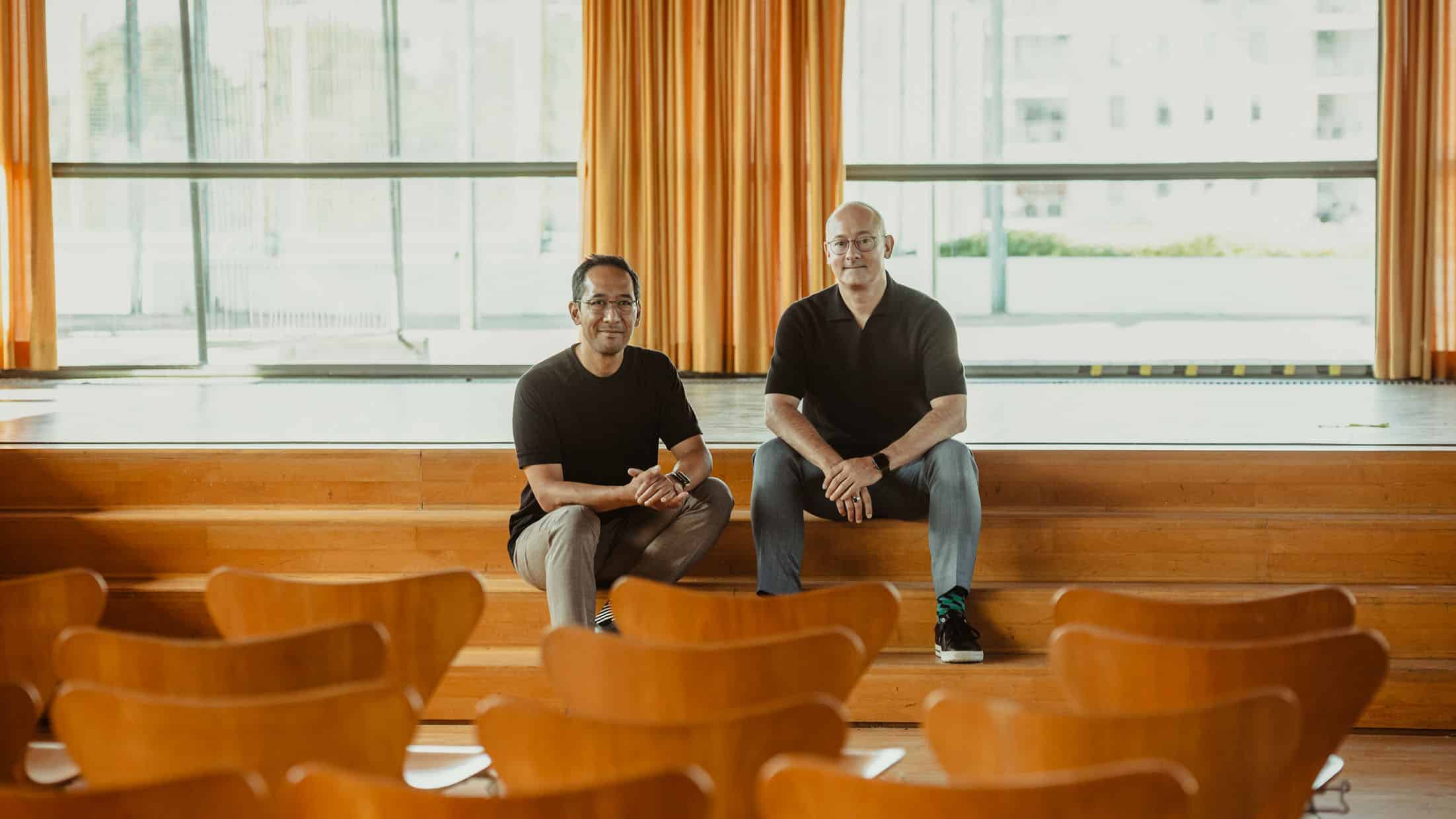
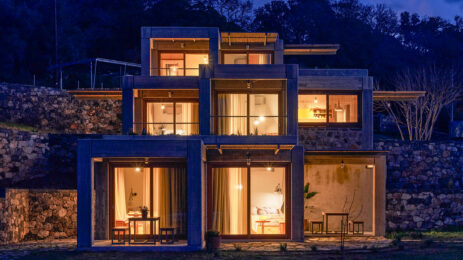

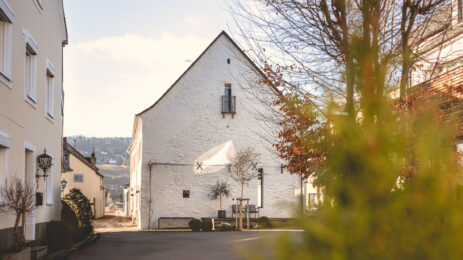
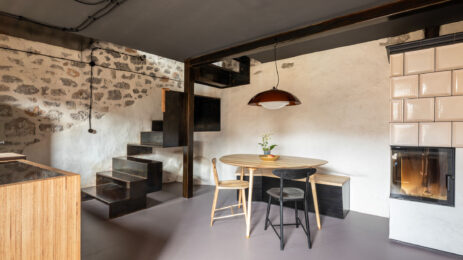
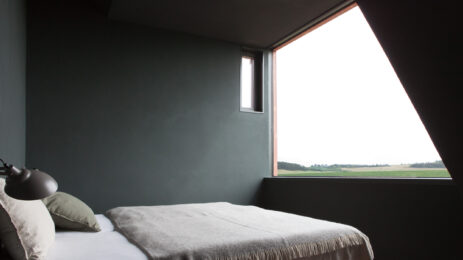
0 Comments